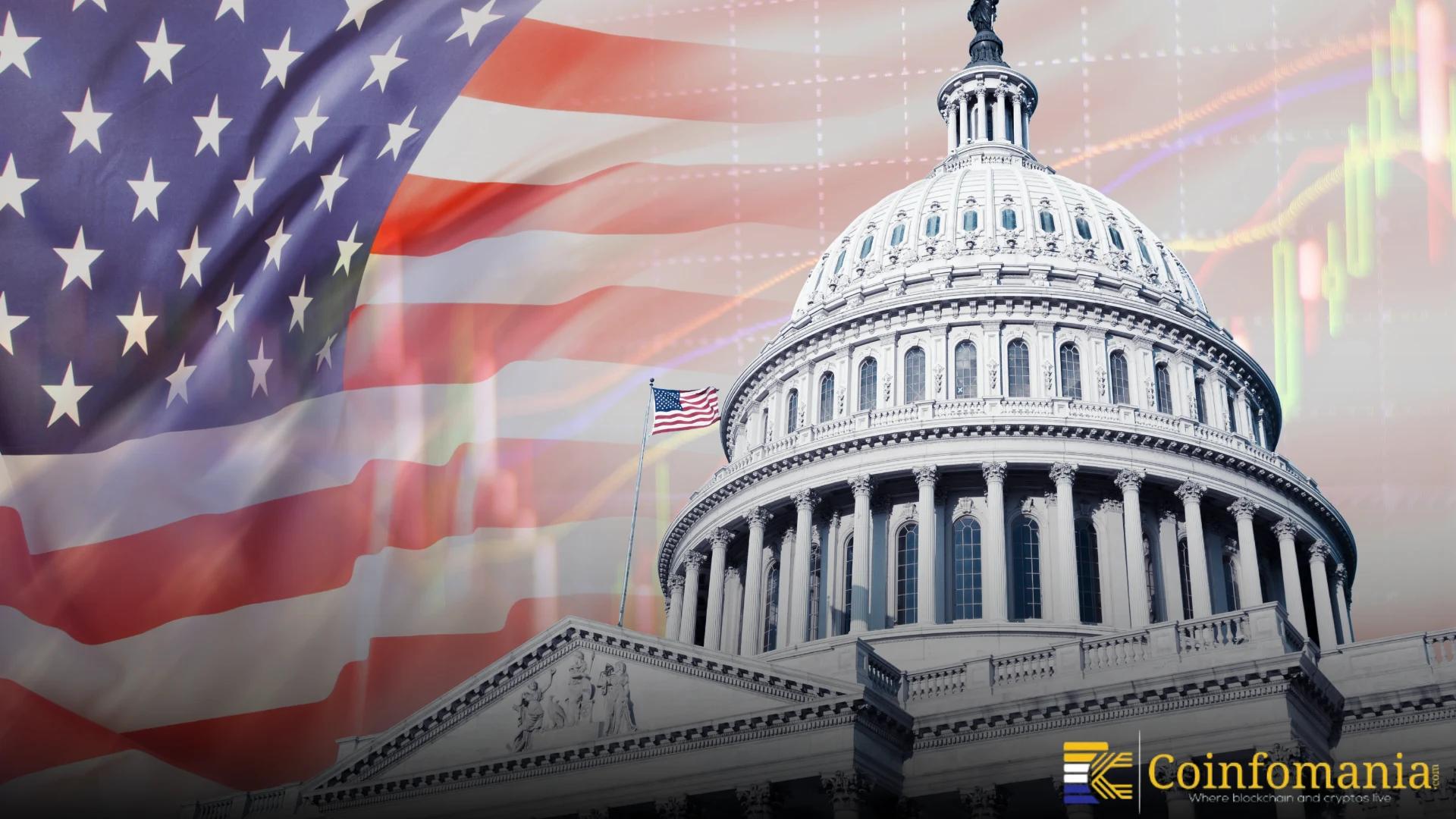Treasury Debt Buyback Continues With $785 Million Repurchase
Treasury debt buyback of $785 million shows active fiscal management and highlights potential impacts on bond markets and interest rates.

Quick Take
Summary is AI generated, newsroom reviewed.
The Treasury bought back $785 million of its own debt to manage costs.
Buybacks help reduce interest payments and control overall borrowing.
Investors may see changes in bond supply and interest rates.
Analysts expect more buybacks as the government monitors economic conditions.
The U.S. Treasury recently bought back $785 million of its own debt. This means that the government repurchased some of the bonds it had issued to investors. The move aims to manage debt, reduce interest costs and maintain financial stability.
Debt buybacks are not unusual, but this latest Treasury debt buyback has attracted attention. It shows that the Treasury is actively working to control borrowing and stay flexible in uncertain economic times.
What a Debt Buyback Means
When the Treasury buys back its bonds, it pays investors to return them before they mature. This helps to reduce the total amount of debt and lowers the interest the government has to pay. By doing this, the government can save money and manage its budget better.
Investors often see buybacks as a sign that the government is confident about its finances. However, reducing the supply of bonds can sometimes affect the bond market and interest rates.
Why the Treasury Acted Now
Experts say a lot of reasons may explain this buyback. Inflation and rising interest rates have made borrowing more expensive. By repurchasing debt, the Treasury can manage these costs more effectively.
Also, federal revenue has been higher than expected in recent months. This extra money gives the Treasury the opportunity to reduce some of its obligations. The move reflects careful planning to balance fiscal responsibility with supporting the economy.
Impact on Investors
Debt buybacks can affect investors in different ways. Selling bonds back to the government can give investors cash quickly. Sometimes, the government pays a small premium, which can increase returns.
On the other hand, fewer bonds in the market can push interest rates up, affecting new debt. Investors should watch Treasury announcements closely to adjust their portfolios and plan for risk.
What the Debt Buyback Means for the Future
While $785 million is a large sum, it is still only a small part of total U.S. debt, which runs into trillions of dollars. Analysts expect the Treasury to continue monitoring economic conditions and possibly conduct more buybacks in the future.
For now, the latest Treasury debt buyback shows the government’s commitment to actively managing debt. By balancing repayment and borrowing, the Treasury aims to maintain stability while keeping the economy on track.
Follow us on Google News
Get the latest crypto insights and updates.


